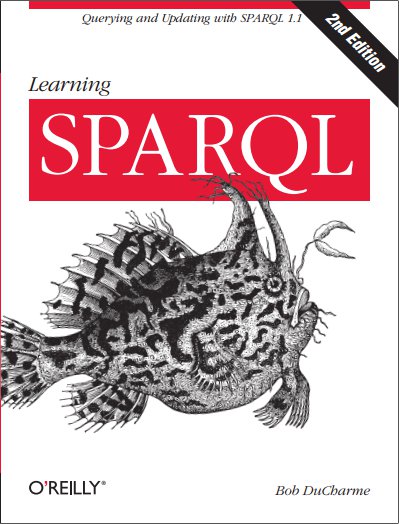The combination of microdata and schema.org seems to have hit a sweet spot that has helped both to get a lot of traction. I’ve been learning more about microdata recently, but even before I did, I found that the W3C’s Microdata to RDF Distiller written by Ivan Herman would convert microdata stored in web pages into RDF triples, making it possible to query this data with SPARQL. With major retailers such as Walmart and BestBuy making such data available on—as far as I can tell—every…
While preparing a demo for the upcoming Taxonomy Boot Camp conference, I hit upon a trick for revising SPARQL CONSTRUCT queries so that they don’t need OPTIONAL blocks. As I wrote in the new “Query Efficiency and Debugging” chapter in the second edition of Learning SPARQL, “Academic papers on SPARQL query optimization agree: OPTIONAL is the guiltiest party in slowing down queries, adding the most complexity to the job that the SPARQL processor must do to find the relevant…
When people talk about semantic web or linked data success stories, they usually talk about the big, well-known projects such as those at BestBuy, the BBC, NASA, life sciences companies, the whole vocabulary and taxonomy management industry, and the growing use of DBpedia by a range of companies. I’ve always found that a company’s job postings provide interesting clues about their potential technology directions, and the increasing references to SPARQL in these postings is another…
That fact that RDF expresses everything using the same simple three-part data structure has usually been a great strength, but in the case of ordered lists (or RDF collections) it’s pretty messy. The specification defines a LISP-like way of using triples to identify, for each position in a list, what the first member is and what list has the rest of them after that. When saying “and here are the rest” for every member of the list, you don’t want to have to come up with a…
The recent publication of RDF 1.1 specifications fifteen years and three days after RDF 1.0 became a Recommendation has not added many new features to RDF, although it has made a few new syntaxes official, and there were no new documents about the SPARQL query language. The new Recommendations did clean up a few odds and ends, and one bit of cleanup officially removes an annoying impediment to straightforward querying of strings.



